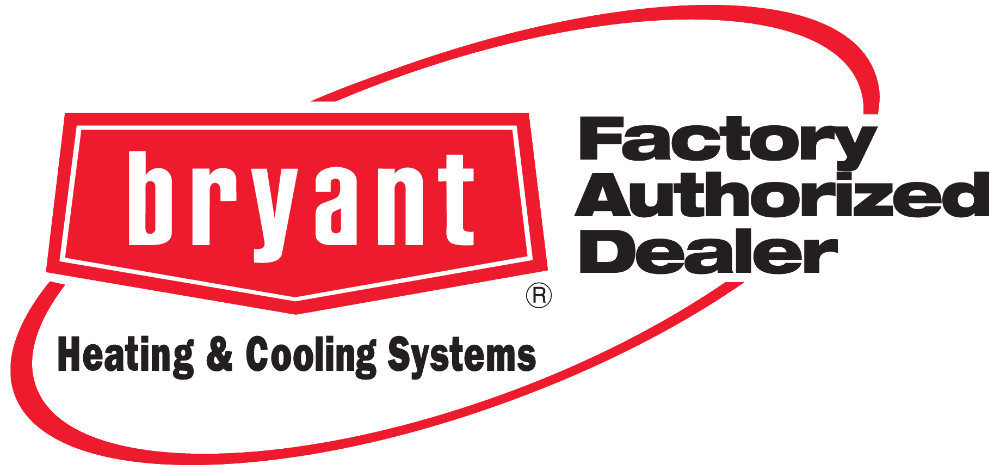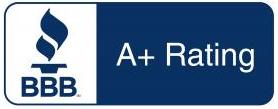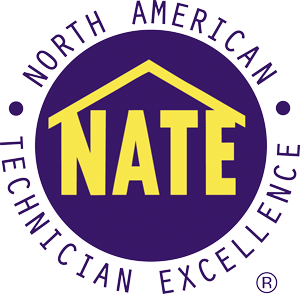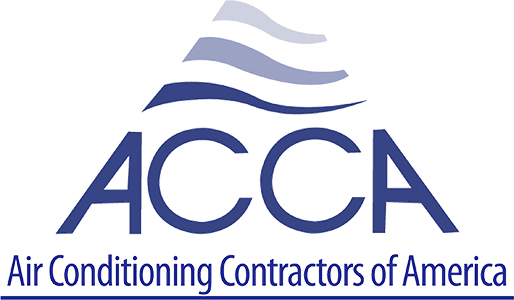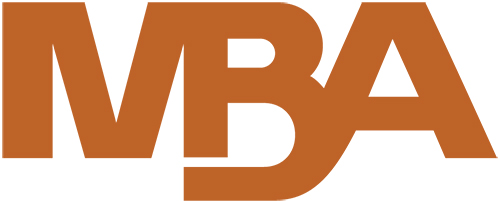The last few articles have been about drain systems, clearing them when clogged and digitally documenting them. A properly-designed drain system correctly used and maintained should never really clog and stop up, and it’s usually misuse or a foreign object in the system that causes clogs. Except for clogged toilets, the drains that clog most commonly in homes and apartments are the small drains; tubs, showers, bathroom sinks (called lavs), and kitchen sinks. And, on 90% of those drains, if you keep the ‘P’ Trap clean, (done manually, as needed) the drain won’t clog. I never recommend using a chemical to clear a clogged drain. If there is a stoppage, I recommend clearing it with a mechanical snake or jetting it first, and then perhaps treating the drain with the proper chemical for maintaining the drain, especially if the clog was hair, soap scum or roots.
That said, because I know a lot of people use them, I’ll briefly explain what chemicals are on the market to address various clogs, and if I recommend and/or use them. (“Degreasing” chemicals and solutions are now banned by most municipalities, so they shouldn’t be used anymore, and I won’t include them.)
Note: ALL chemical drain cleaners are EXTREMELY DANGEROUS and should NEVER be used without full Personal Protection Equipment (PPE), including thick gloves, good eye goggles and a full face shield.
Sodium Hydroxide or Phosphorus Hydroxide / Lye-Based Products
Marketed as Drain-O, Open Wide, Glug, etc. Such products are very strong ‘base’ (as opposed to ‘acid’) or caustic soda. Marketed both retail and commercial to ‘clear clogs’ as powders, liquid or gels. Essentially, if the clog is not too far away from where the chemical is introduced into the drain, and it doesn’t have to go through lots of standing water to get to the clog in the drain, it can work very well on hair and soap scum. I use it on those (normally after snaking the drain mechanically), but it’s not very effective on other types of clogs. Extreme care should be used when applying this product; it can be very harmful to people and fixtures. Lye based products are best used and should mainly be used to maintain drains that accumulate hair and/or soap scum. 2 tablespoons down a bathroom sink, tub or shower drain each month can be very helpful in keeping the ‘P-traps’ clear of clogging.
Sulfuric Acid Based Products
Marketed as Drain Snake, Liquid Snake, Clobber, etc. Any of the stronger, acid-based products that stink like sulfur are sulfuric acid based. Knowing that, you can imagine that these can work best on organic clogs like food and grease clogs, with the same limitations as the lye-based products on application. Be aware that the best you can usually hope for is that the acid will eventually run down the center of the pipe and burn a hole through the clog; not really clearing it or doing much of anything on the sidewalls. I don’t use or recommend these products; not even for maintaining drains. Extreme care should be used when applying this product; it can be very harmful to people and piping and fixtures. And, if a sulfuric acid based product is used on a clogged drain and it doesn’t work, it will then ruin any cable-type drain cleaning tools that are put into it, making the metal very brittle and weak in just a few days, and the next time the cable is used it usually breaks.
Hydrochloric (Muriatic) Acid Based Products
Marketed as D.E. Cleaner, Ice Maker Line cleaner, etc. This muriatic acid based product works best on clogs and slow drains caused by urine salts, hard water, and/or ice machine slurry/waste. I use it for those purposes and have found it effective and safe if used carefully, but again, for maintaining a drain, not clearing it when clogged. Like the lye-based products mentioned above, this can be very helpful in keeping urinals and icemaker drains clear when applied regularly every month.
Herbicide-Based Root Killer Products
Marketed as RootX, Foaming Root Killer, etc. Like other chemicals, these products don’t ‘clear clogs’ well, but when used properly after removing roots by jetting or a cable-tool, I have seen them very effective in keeping the roots from growing back into the pipe. We use RootX as directed, annually, and have seen it work safely and very well. Reasonably safe for pipes and people, however, realize that repairing the pipe is in your future, either digging and replacing or re-lining it; because once a root ‘finds’ a pipe that is leaking, it will never abandon that water source…ever!
Bacteria/Enzyme-Based Products
Marketed as Bio-Clean, Zyme, etc. These ‘recent’ additions to the drain-cleaning chemical market are taking advantage of the ‘green’ movement and gaining popularity. I have not seen any work well that claim to ‘clear a clogged drain’, but rather work best for maintaining drains and septic systems that are still working. These products are normally fairly effective in that regard, and extremely safe to use compared to the chemical counterparts. We use and recommend Bio-Clean, but only for maintenance on cleared drains and on septic system maintenance. I have found it extremely effective if applied properly and, given enough time to be effective on most any ‘slow drain’ problem caused by all 3 categories of clogs. Usually, Bio-Clean is very safe to use around people and pipes. And incidentally, we also use Bio-Clean in a crawlspace when a broken pipe has been dumping sewage and a lot of waste has built up. The water/liquid needs to be pumped out/removed first, and then if what is left is ‘dusted’ with Bio-Clean and kept moist, I’ve seen solids and paper dissolved into a powdery residue in just a few weeks.
The last time I wrote an article about using chemicals for drain-cleaning was almost 10-years ago, and very little has changed, including my recommendations; chemical and bacteriological drain ‘cleaners’ don’t work well for unclogging a drain that has no flow, but if applied properly and regularly they can be very helpful for maintaining drains.
Bruce Davis, Sr.
President, Director of Education and Learning, Sales Manager, Licensed Journeyman Plumber, Licensed Electrician,
HVAC/R Electrical Administrator, HVAC/R, Certified WA State C.E.U. Instructor
Bruce Sr is President of Day & Nite Plumbing & Heating, a 67-year-old family owned and operated plumbing and heating business in Lynnwood, Washington. Bruce can be contacted at: Email: Bruce@dayandnite.net
Day & Nite Plumbing & Heating Inc. 16614 13th Ave. W. Lynnwood, WA 98037 800-972-7000

